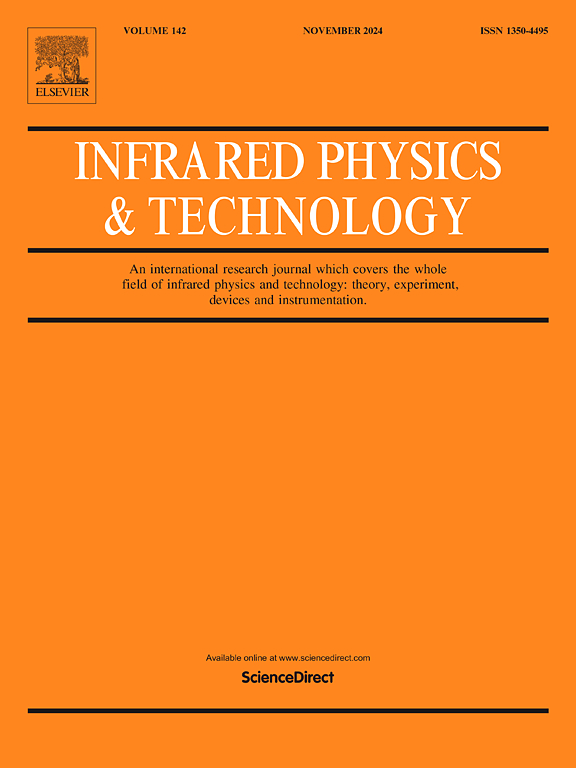Enhancing the generalization ability of blueberry impact damage classification model based on SEM-STMMN-SVM
IF 3.1
3区 物理与天体物理
Q2 INSTRUMENTS & INSTRUMENTATION
引用次数: 0
Abstract
To improve the generalization ability of the model, this study proposed the Structural Equation Modeling-Source to Target Min-Max Normalization-Support Vector Machine (SEM-STMMN-SVM) model to classify impact damage in blueberries from different regions and varieties. First, the spectral relative reflectance of samples in the range of 935 nm-1720 nm was measured, and the changes in the internal substances of the fruit before and after bruising were analyzed. Subsequently, the spectral relative reflectance corresponding to 90 feature bands related to blueberry damage, including water content, pigments (anthocyanins), cell structure and tissue state, and biochemical composition (sugars and acids) changes, was selected as input factors. SEM was used to establish correlations between the source domain and the target domain. Then, the STMMN algorithm was used to map the correlated source and target domains to the same data range. Finally, an SVM classification model was constructed. The experimental results indicated that the SEM-STMMN-SVM model outperformed the SVM model in classification accuracy for 12 transfer tasks. The average accuracy in the target domains D1, D2, D3, and D4 increased from 60.26 %, 65.53 %, 61.40 %, and 64.24 % to 87.04 %, 87.04 %, 88.89 %, and 87.74 %, respectively. Overall, the proposed method showed potential in predicting impact damage in blueberries from different sources and varieties. The following research will explore the model transfer effects between different fruits.
求助全文
约1分钟内获得全文
求助全文
来源期刊
CiteScore
5.70
自引率
12.10%
发文量
400
审稿时长
67 days
期刊介绍:
The Journal covers the entire field of infrared physics and technology: theory, experiment, application, devices and instrumentation. Infrared'' is defined as covering the near, mid and far infrared (terahertz) regions from 0.75um (750nm) to 1mm (300GHz.) Submissions in the 300GHz to 100GHz region may be accepted at the editors discretion if their content is relevant to shorter wavelengths. Submissions must be primarily concerned with and directly relevant to this spectral region.
Its core topics can be summarized as the generation, propagation and detection, of infrared radiation; the associated optics, materials and devices; and its use in all fields of science, industry, engineering and medicine.
Infrared techniques occur in many different fields, notably spectroscopy and interferometry; material characterization and processing; atmospheric physics, astronomy and space research. Scientific aspects include lasers, quantum optics, quantum electronics, image processing and semiconductor physics. Some important applications are medical diagnostics and treatment, industrial inspection and environmental monitoring.

 求助内容:
求助内容: 应助结果提醒方式:
应助结果提醒方式:


